The US central bank again said it would keep interest rates unchanged, noting a “lack of further progress” toward lowering inflation.
The decision left the Federal Reserve’s key rate hovering at the highest level in more than two decades, in the range of 5.25%-5.5%, where it has stood since last July.
By keeping borrowing costs high, the Fed is hoping to cool the economy and reduce the pressures pushing up prices. But with inflation in the US proving more persistent than expected, the bank is facing questions about its next move.
Analysts who had expected the bank to start cutting rates early this year have been forced to postpone forecasts – and some have even raised the possibility of a rate rise.
At a press conference following the announcement, Fed chairman Jerome Powell said he thought that a rate increase was “unlikely”, while repeating that officials wanted greater confidence that inflation was easing before moving to cut.
“It really will depend on the data,” he said.
“It’s going to take longer to reach that point of comfort. I don’t know how long it will take,” he added.
In the US, consumer prices rose 3.5% over the 12 months to March.
That is down sharply from the 9.1% rate seen in June 2022, but remains above the Fed’s 2% target, ticking higher in recent months.
In its statement announcing its latest decision on Wednesday, the Fed drew attention to those trends, noting “a lack of further progress” bringing inflation back to its goal.
“The statement explicitly recognises the recent deterioration in inflation dynamics,” said Brian Coulton, chief economist at Fitch Ratings.
“Patience is the watchword now for the Fed and the risk of fewer or no rate cuts this year is growing.”
The Fed has left rates untouched since last July, after boosting them aggressively from near zero in March 2022.
Higher interest rates trickle out to the public in the form of more expensive mortgages, car and business loans and other debt.
The Fed’s moves are being closely watched around the world where many central banks, including the Bank of England, have also had a prolonged period of sharply raised rates.
Mr Powell said policymakers in other countries may move more quickly than the US to cut rates due to worries about economic slowdown.
“The difference between the United States and other countries that are now considering rate cuts is they’re just not having the kind of growth we’re having,” he said. “We can be patient.”
Separately, the Fed also outlined its previously-discussed plans to slow the pace at which it is shrinking its holdings of US Treasuries. It built up those holdings as part of its stimulus efforts to bolster the economy when the pandemic hit in 2020, starting to reverse the moves two years later.
Mr Powell said the decision to slow that process was aimed at avoiding disruption to financial markets and not intended to influence the inflation fight.




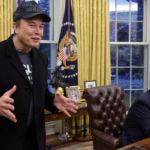

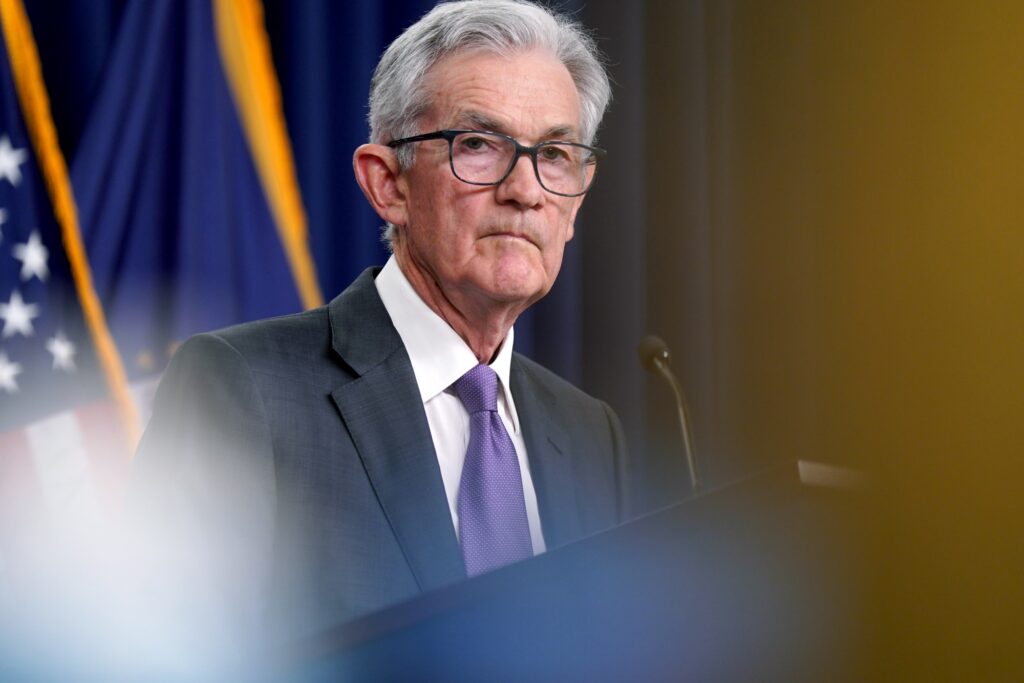

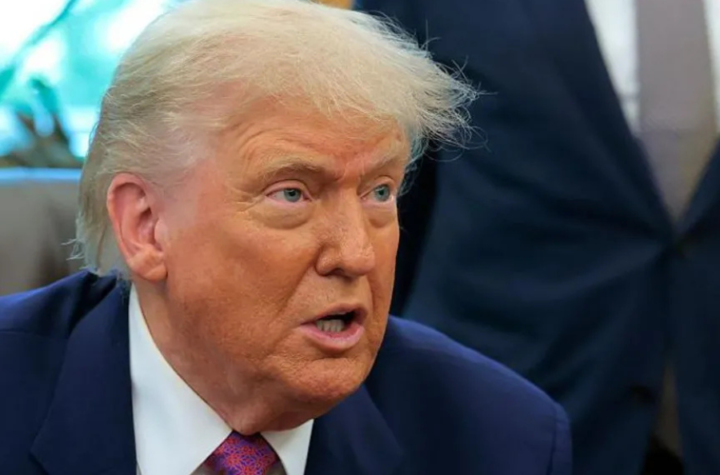
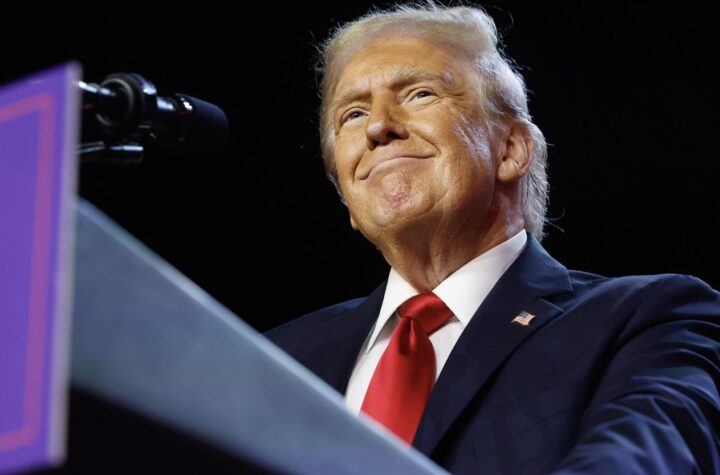
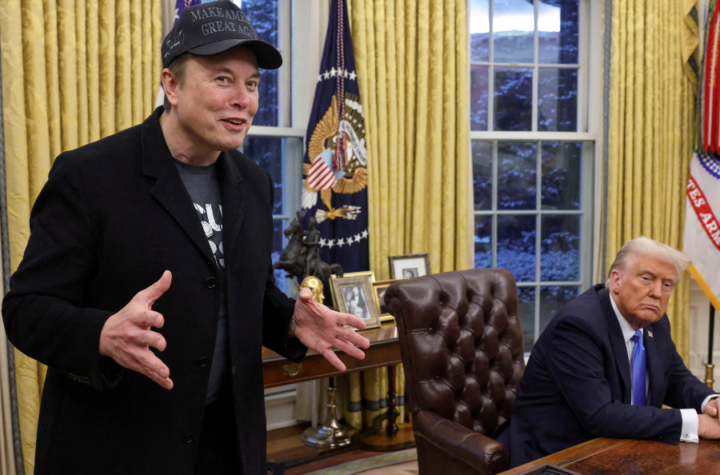
More Stories
Trump Announces Completion of US-China Trade Deal Framework
Trump Announces 50% Tariff on Steel and Aluminium Imports to Boost U.S. Industry
Elon Musk Turns on Trump Over “Big, Beautiful” Spending Bill